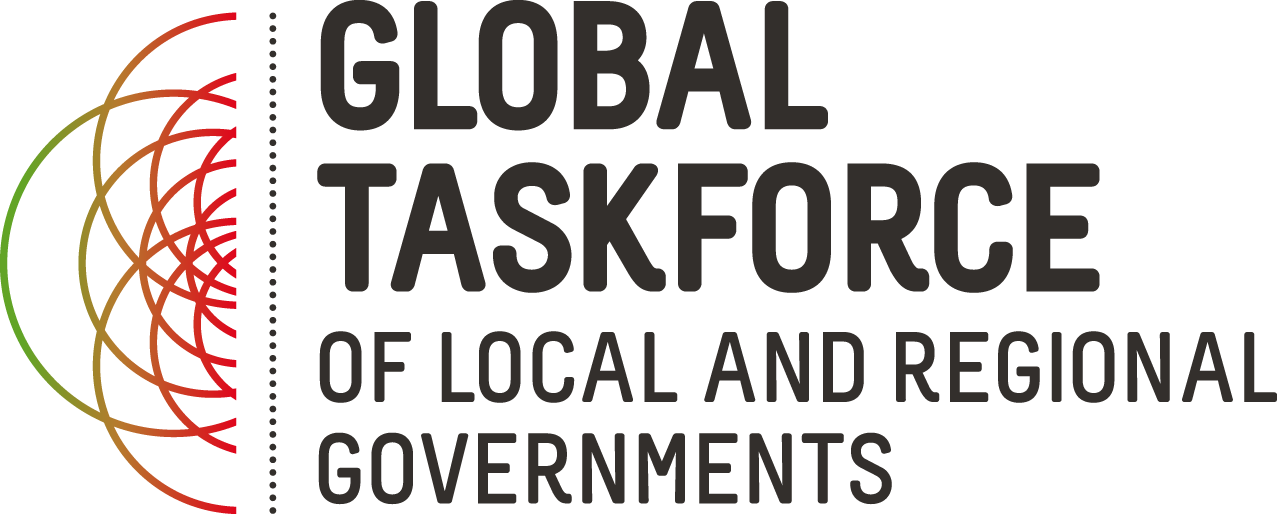
 By Greg Scruggs, Citiscope’s Habitat III correspondent
By Greg Scruggs, Citiscope’s Habitat III correspondent
The “Century of the City” seemed forward-looking just eight years ago, when Citiscope editor Neal Peirce and his colleagues chose it as the title of their book highlighting the Rockefeller Foundation’s Global Urban Summit of 2007. But since then, the rising global tide of interest in cities has made the phrase an increasingly popular description of the times in which we live.
Now, however, come a pair of new reports released by the Organisation for Economic Co-operation and Development (OECD) suggesting that it may be more accurate to call this the “metropolitan century”.
As a 34-member grouping of rich countries, the OECD has for years offered some of the world’s most cutting-edge comparative economic research. With the two recent publications, “The Metropolitan Century: Understanding Urbanisation and its Consequences” and “Governing the City”, the Paris-based organization joins a growing chorus trumpeting metropolitan areas as major drivers of national economies.
Moreover, this is a pattern that will likely feature prominently over the coming year and a half in the global dialogue leading up to the U. N.’s major Habitat III conference. That discussion will only be boosted by the OECD’s rich data and analysis.
“There has been a trend in the OECD to give increasing importance to cities,” says Rudiger Ahrend, a senior economist with the OECD and the supervisor for the reports, both of which were released in February. Such attention is particularly significant coming from an international organization structured around member states, for which cities and metropolitan areas are considered mere subnational actors.
Likewise, the Habitat III process involves United Nations member states reaching agreements about cities and metropolitan areas. While these subnational actors will have a role in the negotiations during the run-up to the Habitat conference, they will not ultimately be signatories to the outcome document, the New Urban Agenda.
But, as “The Metropolitan Century” makes clear, national governments ignore metropolitan areas at their own risk.
For instance, the report cites evidence of growth in gross domestic product with shorter travel times to the central city. Within 45 minutes, GDP growth tops 1.8 percent annually, while more than 300 minutes reduces growth to less than 1 percent. With the exception of Mexico and Chile, all other OECD countries also experience their highest labour productivity in metropolitan areas with populations greater than 5 million.
“Big agglomerations are the most productive and innovative part in most countries. They are the drivers of the growth process,” Ahrend says.
“Increasingly, national competition is taking place not only between countries but between bigger cities. Young, highly educated professionals look between big cities around the world — not back to their home village but deciding between Paris, London, Washington or Sydney.”
Economic geographies
While an element of glamour may be associated with the name of a central city, the reality of where urban areas start and stop is far broader, encompassing vast peripheral municipalities that stitch together a metro region.
“In the U. S., ‘city’ refers to an administrative entity. Using the phrase ‘metropolitan’ is more accurate,” says Bruce Katz, vice president of the Brookings Institution, a Washington think tank, and founding director of its Metropolitan Policy Program. “This is the true economic geography, which dictates most of what we are talking about.”
Katz is the author of the recently published The Metropolitan Revolution: How Cities and Metros Are Fixing Our Broken Politics and Fragile Economy. (That work also vastly expands on the metropolitan themes developed in the book Citistates by Citiscope editor Peirce and his colleagues in 1993.)
Yet the economic geography that Katz discusses often does not align with the political reality. This is typically the case in sprawling metropolitan areas comprised of hundreds of municipalities.
In such situations, metropolitan governance becomes key, according to “Governing the City”. With case studies drawn from six OECD member states — France (Marseille), Germany (Frankfurt), Greece (Athens), Mexico (Puebla), South Korea (Daejeon) and the United States (Chicago) — the report argues for the vital importance of metropolitan governing bodies in the face of regional fragmentation.
“As ‘The Metropolitan Century’ makes clear, national governments ignore metropolitan areas at their own risk. For instance, the report cites evidence of growth in gross domestic product with shorter travel times to the central city.”
Admittedly, it is unlikely that local communities will readily give up their sense of identity to join a larger administrative unit. Yet the OECD hints that fragmented governance may result in significantly lower levels of productivity.
For two similarly sized metropolitan populations, theOECD’s researchers found, an area with twice the number of municipalities will experience 6 percent lower productivity, on average. But if that same urban area has a metropolitan governance body, the negative impact on productivity is cut in half.
Still, while the report documents this correlation, it does not posit that fragmentation is the root cause of lowered productivity.
“There are a broader set of factors than consolidating municipalities,” Katz says. “When metros collaborate to compete, there is a causal relationship. When they make large, transformative bets on innovation and skills, this is the civic glue that keeps a place together.”
Katz is optimistic that the direction the OECD has sketched out for its member states will eventually become the norm.
“This is the inexorable movement in an ‘urban age’ or ‘metropolitan century,’” he says. “It’s inevitable that more power and resources get invested in these metropolitan hubs. It’s the march of history to go down that path by aligning political power to market power, which is clearly vested and nested in the metro.”
Vertical governance
For others, such optimism is tempered by the realities, and gaps, of current global dialogue on the issues in play.
The OECD reports “are a great start that open up an important, underexplored issue,” says Chas Caldwell, the director of the Center on International Development and Governance at the Urban Institute, a Washington think tank that recently hosted a presentation by Ahrend on the studies.
But Caldwell also points to a series of currently ongoing high-level discussions — among the members of the C40 Cities Climate Leadership Group, for instance, what’s taking place at the World Urban Forum, or in the context of the urban-focused negotiations around the Sustainable Development Goals.
“There’s a lot of talk about cities but very little about ‘vertical’ governance,” Caldwell says. “How much discretion do people working at the local level have? How much gets spent on local service provision versus high-level bureaucracy? Who is politically accountable?”
At present there is an undeniable tug of war between national governments, which distribute resources, and the local governments that represent the metropolitan areas that generate so much economic development.
The OECD’s highly developed economies may well be on the path to innovations in metropolitan governance. But the challenge of this debate over federalism — especially in smaller countries in the developing world, which are less populated than some of today’s mega-metropolitan areas — will require a global palette of solutions. And that, in turn, will need input from all stakeholders.
Source: Citiscope
Other post of the Habitat III commentary series of Citiscope: Habitat III: Exciting times ahead!










